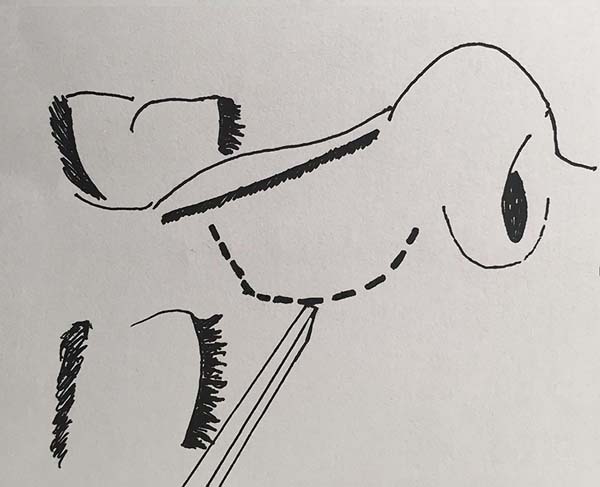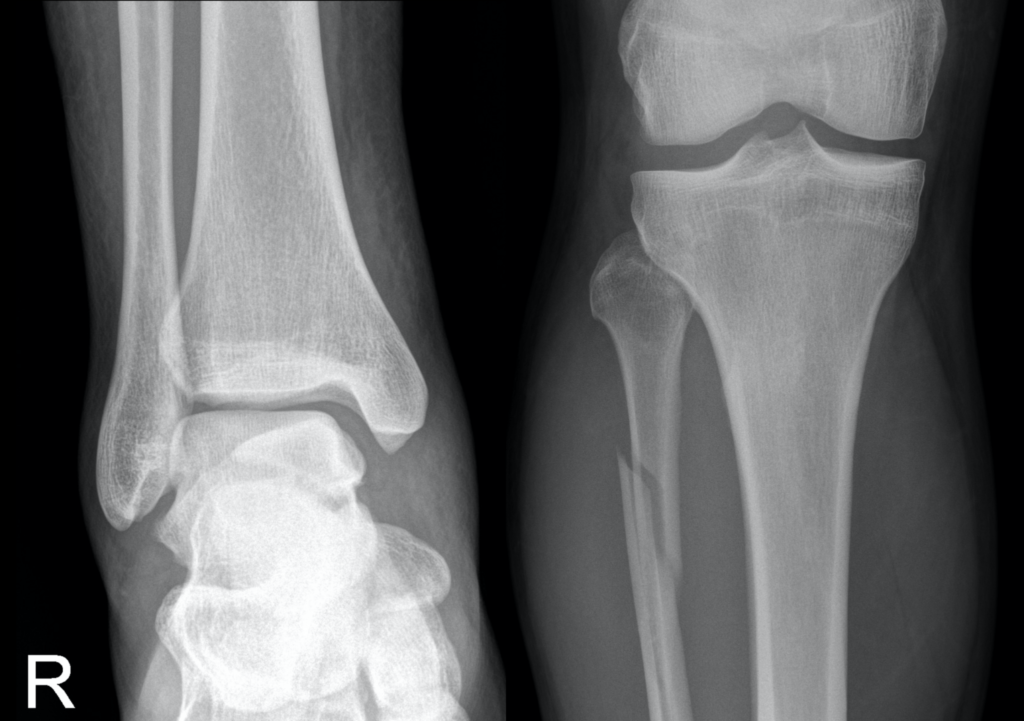A nasal fracture, commonly referred to as a broken nose, is one of the most frequent facial injuries. It occurs when the bone or cartilage in the nose is cracked, displaced, or broken due to trauma. This type of injury can be painful, disfiguring, and may even affect breathing. Understanding the causes, symptoms, and treatment options for a nasal fracture is essential for prompt care and recovery. In this article, we will explore these aspects in detail to provide a comprehensive guide on managing this common yet often misunderstood condition.

What Is a Nasal Fracture?
A nasal fracture refers to a break in the bone or cartilage structure of the nose. The nose is composed of both bony and cartilaginous parts, making it particularly vulnerable to injury. When a significant force impacts the nose, it can cause the delicate framework to crack or shift out of place. A broken nose can range from a minor crack to a severe deformity requiring surgical intervention.
Common Causes of Nasal Fractures
The nose is prominently located in the center of the face, making it susceptible to injury. Below are some of the most common causes of nasal fractures:
- Physical Assault: Punches or strikes to the face during altercations are frequent causes of broken noses.
- Sports Injuries: Contact sports such as football, basketball, boxing, and martial arts often lead to nasal fractures due to accidental collisions or direct blows to the face.
- Falls: Tripping or slipping and landing face-first can result in a broken nose, especially in children and older adults.
- Motor Vehicle Accidents: The impact of a car crash can cause significant trauma to the face, including the nose.
- Workplace Accidents: Certain jobs that involve heavy machinery or physical labor carry a risk of facial injuries.
Risk Factors for Nasal Fractures
While anyone can experience a broken nose, certain factors increase the likelihood of sustaining this injury:
- Participating in high-impact or contact sports without proper protective gear.
- Engaging in physical altercations or environments where violence is prevalent.
- Having a history of previous nasal injuries, which can weaken the structural integrity of the nose.
- Being involved in activities with a higher risk of falls, such as climbing or skateboarding.
Symptoms of a Nasal Fracture
Recognizing the signs of a nasal fracture is crucial for seeking timely medical attention. Some symptoms may appear immediately after the injury, while others might develop over time. Here are the most common symptoms associated with a broken nose:
Immediate Symptoms
- Pain: Intense pain in and around the nose is often the first sign of a fracture.
- Swelling: The nose and surrounding areas may become swollen and tender to the touch.
- Bruising: Black eyes or bruising around the nose and eyes are common after a nasal fracture.
- Bleeding: Nosebleeds are a frequent occurrence due to damage to blood vessels in the nasal passages.
- Deformity: The nose may appear crooked, flattened, or misshapen if the bones are displaced.
Delayed Symptoms
In some cases, symptoms may not become apparent until hours or days after the injury. These include:
- Breathing Difficulties: A deviated septum caused by the fracture can obstruct airflow through the nostrils.
- Persistent Congestion: Ongoing nasal blockage may indicate swelling or structural changes within the nasal passages.
- Noisy Breathing: Whistling or other unusual sounds during breathing can occur if the airway is partially blocked.
- Loss of Sense of Smell: Damage to the nasal tissues may temporarily or permanently impair the ability to detect odors.
Diagnosing a Nasal Fracture
If you suspect a nasal fracture, it is important to consult a healthcare professional for an accurate diagnosis. The diagnostic process typically involves the following steps:
Physical Examination
A doctor will begin by examining the nose and face for visible signs of injury, such as swelling, bruising, or deformities. They may gently press on different areas of the nose to assess tenderness and alignment.
Medical History Review
The physician will ask about the circumstances surrounding the injury, including how it occurred and whether there were any additional symptoms like dizziness or loss of consciousness. This information helps rule out more serious conditions, such as a skull fracture or concussion.
Imaging Tests
To confirm the presence and severity of a nasal fracture, imaging tests are often necessary:
- X-rays: While not always required, X-rays can help identify fractures in the nasal bones.
- Computed Tomography (CT) Scans: CT scans provide detailed images of the nasal structures and are particularly useful for complex fractures or suspected damage to nearby areas.
Treatment Options for Nasal Fractures
The treatment approach for a nasal fracture depends on the severity of the injury and whether there are complications such as a deviated septum or damaged nasal tissues. Below are the primary treatment options available:
Non-Surgical Treatments
For mild fractures without significant displacement, non-surgical methods are usually sufficient:
Cold Compresses
Applying a cold compress to the nose immediately after the injury can reduce swelling and alleviate pain. Ice packs should be wrapped in a cloth to prevent skin damage and applied for 15-20 minutes at a time.
Pain Management
Over-the-counter pain relievers, such as acetaminophen or ibuprofen, can help manage discomfort. Avoid medications that thin the blood, such as aspirin, as they may increase bleeding.
Manual Realignment
If the nasal bones are slightly displaced but still within a manageable range, a healthcare provider may perform manual realignment. This procedure involves gently repositioning the bones back into place without surgery. It is typically done within two weeks of the injury before healing begins.
Surgical Treatments
Severe fractures or those accompanied by complications may require surgical intervention:
Septoplasty
A septoplasty is performed to correct a deviated septum caused by the fracture. During this procedure, the surgeon straightens the nasal septum to improve airflow and restore normal breathing function.
Rhinoplasty
Rhinoplasty, commonly known as a nose job, is used to repair cosmetic deformities resulting from a nasal fracture. This surgery reshapes the nose to enhance its appearance and address functional issues.
Open Reduction and Internal Fixation
In cases of severely displaced or comminuted fractures, open reduction and internal fixation may be necessary. This surgical technique involves realigning the bones and securing them with plates, screws, or wires to ensure proper healing.
Recovery and Aftercare
Recovering from a nasal fracture requires patience and adherence to medical advice. Proper aftercare can minimize complications and promote optimal healing:
Rest and Elevation
Resting and keeping the head elevated, especially during sleep, can reduce swelling and facilitate recovery. Avoid strenuous activities that could exacerbate the injury.
Avoiding Pressure on the Nose
It is important to avoid blowing the nose or applying pressure to the nasal area during the initial healing phase. This prevents further damage and allows the tissues to heal properly.
Follow-Up Appointments
Regular follow-up visits with a healthcare provider are essential to monitor progress and address any concerns. Additional treatments or adjustments may be recommended based on the healing process.
When to Seek Immediate Medical Attention
While many nasal fractures can be managed with conservative measures, certain situations warrant immediate medical attention:
- Severe bleeding that does not stop after applying pressure.
- Clear fluid draining from the nose, which could indicate a cerebrospinal fluid leak.
- Signs of infection, such as increased redness, warmth, or pus discharge.
- Difficulty breathing that persists despite treatment.
- Symptoms of a concussion, such as confusion, dizziness, or memory loss.
Seeking prompt medical care in these scenarios ensures that potential complications are addressed promptly and effectively.





